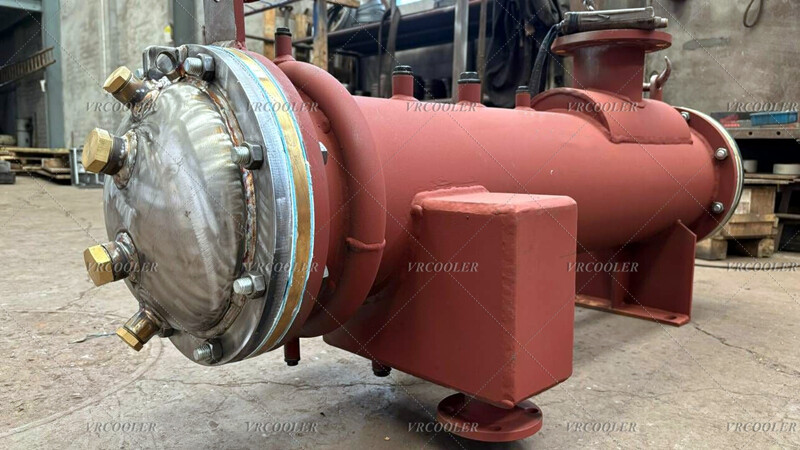Atmospheric Condenser for Steam Engines is a critical component in early steam power systems, designed to condense exhaust steam back into water (condensate) and return it to the boiler feed system (typically via a hot well). This improves efficiency by recycling water and maintaining vacuum pressure, which enhances engine performance.
Function & Principle
Condensation of Exhaust Steam
After steam expands in the engine cylinder, it is discharged into the condenser.
The condenser cools the steam, converting it back into liquid water.
This process creates a partial vacuum, increasing the engine's efficiency by reducing backpressure on the piston.
Hot Well Integration
The condensed water collects in a hot well (a warm reservoir).
From here, a feed pump returns the water to the boiler, completing the cycle.
Types of Atmospheric Condensers in Steam Engines
1. Jet Condenser (Mixing Type)
How it works: Exhaust steam is directly mixed with a spray of cold water, causing rapid condensation.
Pros: Simple, compact, low cost.
Cons: Condensate mixes with cooling water, making it unsuitable for direct boiler reuse unless distilled.
2. Surface Condenser (Non-Mixing Type)
How it works: Steam passes over water-cooled tubes or plates, condensing without mixing.
Pros: Pure condensate can be reused in the boiler; more efficient.
Cons: Larger, more complex, and expensive.
3. Barometric (Atmospheric) Jet Condenser
Uses a tall discharge pipe to create a natural vacuum.
Often seen in early stationary steam engines.
4. Air-Cooled Atmospheric Condenser
Relies on ambient air cooling (common in small or early engines).
Less efficient than water-cooled versions.
Advantages of Condensers in Steam Engines
✔ Improves Efficiency – By maintaining a vacuum, it reduces backpressure on the piston.
✔ Water Conservation – Recycles boiler feedwater, reducing freshwater demand.
✔ Fuel Savings – Pre-cooled water requires less energy to reheat.


